Ever wonder why your restaurant bill seems so high? Professional chefs know all the tricks restaurants use to boost profits at your expense. These industry insiders have spilled the beans on common menu items that cost pennies to make but dollars to buy. From fancy-sounding ingredients to tableside gimmicks, here’s what the pros say you should think twice about ordering.
1. Truffle Oil Dishes
That fancy truffle-infused pasta? Pure deception on a plate. Nearly all restaurant truffle oil contains zero actual truffles – just a synthetic chemical called 2,4-dithiapentane that mimics the aroma.
Restaurants drizzle this cheap imitation ($10 per bottle) on everything from fries to risotto, then charge premium prices for what they call “luxury.” Professional chefs consider it the ultimate culinary fraud.
The worst part? This fake flavoring often overwhelms dishes with its artificial potency, nothing like the subtle earthiness of real truffles. Next time you see “truffle” on a menu, ask if they use actual truffles or just the oil – the server’s reaction might tell you everything.
2. Overpriced Pasta Markups
Your $25 plate of spaghetti represents one of the restaurant industry’s highest profit margins. The hard truth? The pasta, sauce, and garnish likely cost the restaurant under $2 total to prepare.
Basic dried pasta costs pennies per serving, and even adding quality sauce ingredients rarely pushes the food cost above 15% of what you’re paying. Unless it’s freshly made in-house with specialty ingredients or includes premium proteins, you’re essentially paying for hot water and flour.
Many chefs admit pasta dishes are their financial lifesavers – simple to prepare, requiring minimal skill, yet commanding prices that would make Italian grandmothers faint. The markup becomes even more outrageous when considering how quickly these dishes come together.
3. Avocado Toast Highway Robbery
The breakfast sensation taking $15+ from your wallet consists of ingredients worth about $1.50. Half an avocado (approximately 50¢), two slices of bread (25¢), and a sprinkle of seasonings don’t justify the astronomical markup.
Restaurants capitalize on avocado toast’s Instagram appeal and health-conscious reputation rather than its complexity or ingredient cost. Even adding “premium” toppings like a poached egg or microgreens only increases the actual food cost by cents while often adding dollars to the price.
Many chefs privately joke about avocado toast as their “mortgage helper” – a trendy item with minimal labor requirements and massive profit margins. The five minutes of preparation time hardly justifies charging what could buy you an entire loaf of bread and several avocados at the grocery store.
4. Bottled Water Scam
That innocent question – “Still or sparkling?” – initiates one of the restaurant industry’s purest profit plays. A $1 bottle of water transforms into an $8 charge on your bill, representing up to a 700% markup.
Many establishments automatically bring bottled water without mentioning free tap options. The irony? In most major cities, tap water undergoes stricter quality testing than bottled varieties. Some restaurants even filter their tap water through sophisticated systems.
Chefs acknowledge this practice as pure profit-padding with minimal justification. The environmental impact compounds the problem – single-use bottles creating waste for a product freely available from the tap. Next time, confidently request tap water – you’ll save money and possibly enjoy water that’s just as good or better than the bottled alternative.
5. Charcuterie Board Daylight Robbery
That rustic wooden board arriving with sliced meats and cheeses represents one of the kitchen’s highest-margin items. Restaurants typically source basic deli meats and supermarket cheeses, arrange them artfully, then charge $25-35 for what costs them $5-7.
The visual presentation creates perceived value far exceeding the actual ingredient quality. Most charcuterie boards feature pre-sliced meats from food service providers rather than house-cured specialties, despite menu descriptions suggesting artisanal craftsmanship.
Professional chefs admit these boards require minimal skill to assemble – just strategic placement of store-bought components with a few garnishes. The wooden board itself, often highlighted as special, is simply a reusable serving vessel that costs the restaurant nothing after its initial purchase. You could create an identical spread at home for a fraction of the price.
6. Fake Wagyu Burger Deception
“Wagyu burger” on a menu signals an immediate red flag to professional chefs. Real Japanese Wagyu beef costs hundreds per pound and would never be ground into burgers – its prized marbling and texture would be completely wasted.
Most restaurant “Wagyu burgers” contain either a tiny percentage of Wagyu-cross beef or, worse, regular beef with a misleading label. The fundamental contradiction: the qualities that make Wagyu special (texture, fat distribution) disappear once ground.
Chefs reveal these burgers typically cost the restaurant only slightly more than regular burgers to produce while commanding $10-20 premiums. American or Australian Wagyu-cross beef has little in common with authentic Japanese Kobe or Wagyu. When you order that $35 “Wagyu burger,” you’re primarily paying for marketing mythology rather than superior quality.
7. Guacamole Side Hustle
That tiny ramekin of guacamole costing $5-8 exemplifies restaurant profit engineering at its finest. While avocados aren’t cheap, they’re not precious metals either – that portion likely contains less than half an avocado.
Restaurants maximize profits by bulking up guacamole with inexpensive fillers like tomatoes, onions, and sometimes even zucchini or peas. The labor involved is minimal – most establishments use pre-made mixes or batch-prepare guacamole once daily.
The real genius? Marketing guacamole as an “add-on” creates the illusion of customization while boosting check averages significantly. Many chefs consider guacamole their silent profit center – especially when served with complimentary chips that cost pennies. The green gold in that small dish represents one of the highest markup percentages in the entire restaurant industry.
8. Lobster Mac and Cheese Illusion
The ultimate comfort food deception arrives disguised as luxury – “lobster” mac and cheese typically contains mere scraps of seafood. Those few pink chunks nestled among the pasta? Often just the cheapest lobster parts (knuckle meat or claw tips) or even langostino, a less expensive lobster cousin.
Restaurants leverage the power of the word “lobster” to transform a $7 side dish into a $28 entrée. The math doesn’t add up – a proper lobster portion would require pricing the dish much higher to maintain profit margins.
Kitchen insiders reveal the lobster component frequently weighs less than an ounce per serving. The rich cheese sauce conveniently masks both the quality and quantity of the featured ingredient. For a genuine lobster experience, you’re better off ordering a dedicated lobster dish where the star ingredient can’t hide among pasta and cheese.
9. Edible Gold Leaf Gimmick
The ultimate symbol of culinary emperor’s-new-clothes arrives as tasteless gold flakes decorating overpriced desserts and cocktails. Edible gold has zero flavor, zero nutritional value, and exists solely to justify astronomical price increases.
A sheet of edible gold leaf costs restaurants around $2-5 but can add $20-100 to menu prices. The sole purpose? Creating Instagram moments and appealing to status-seeking diners willing to literally consume precious metals for bragging rights.
Professional chefs privately mock this trend as the epitome of style over substance. Gold passes through the digestive system completely unchanged – you’re literally flushing money down the toilet. Behind kitchen doors, most culinary professionals consider gold garnishes the clearest signal that a restaurant prioritizes flash over flavor and substance.
10. Tableside Theater Price Gouging
When servers wheel carts to your table for “made-to-order” guacamole or flambéed desserts, they’re performing a financial sleight of hand. These theatrical presentations create perceived value while distracting you from basic ingredients and significant upcharges.
Caesar salads prepared tableside often cost double their kitchen-made counterparts despite identical ingredients. The performance aspect cleverly shifts focus from the simplicity of romaine lettuce, dressing, and croutons to the server’s showmanship.
Many chefs admit these tableside rituals originated specifically to justify price increases for ordinary dishes. The flames, flourishes, and flair create memories that influence your perception of value – making you less likely to question why you paid $18 for essentially an egg whisked with oil and anchovies. Behind the spectacle lies a basic truth: you’re paying premium prices primarily for entertainment, not superior ingredients or flavor.
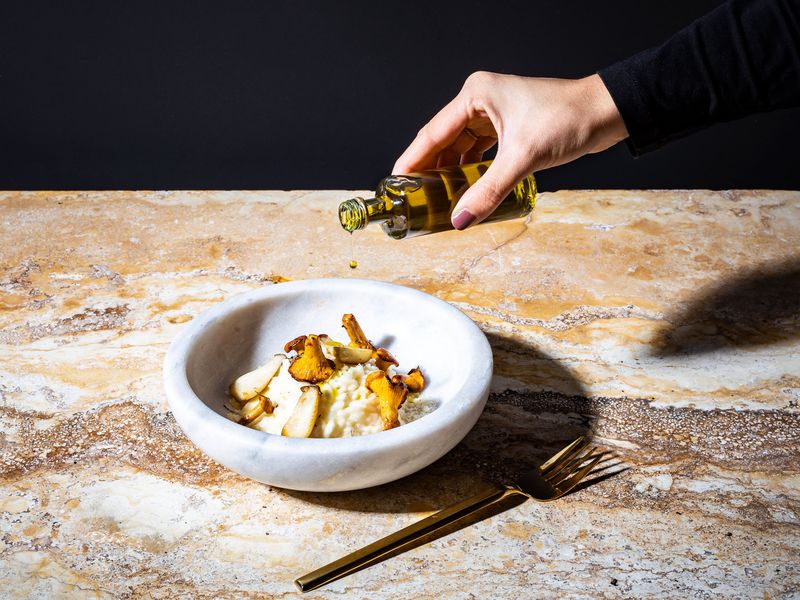
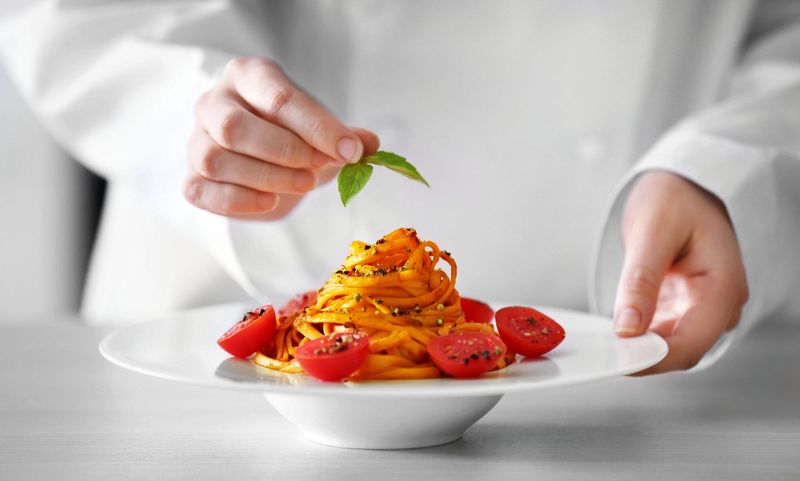
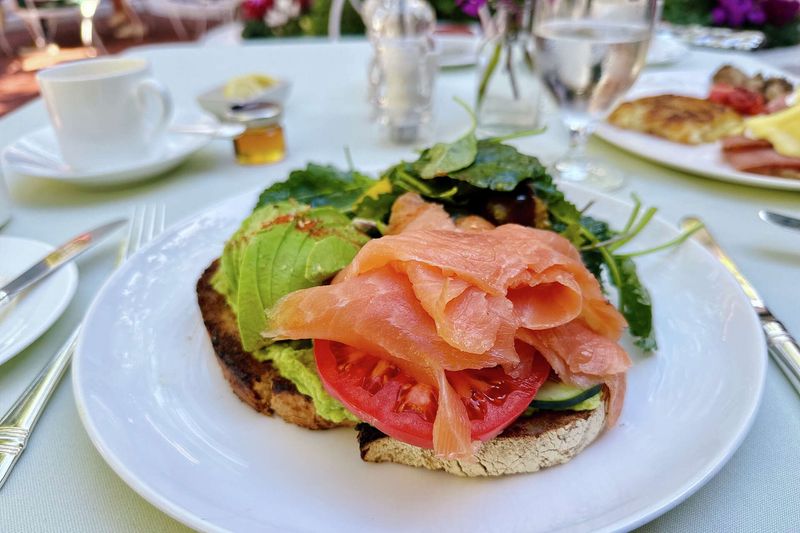
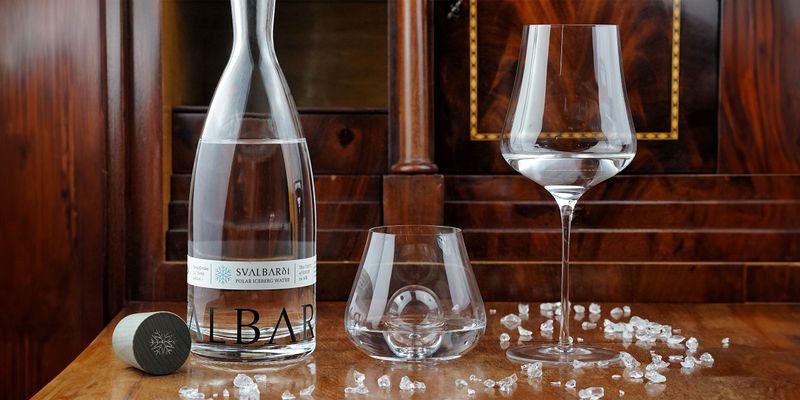
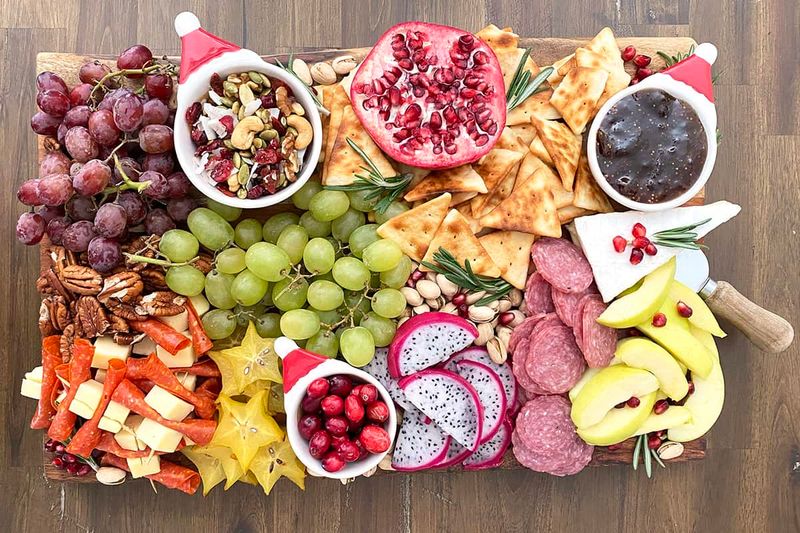
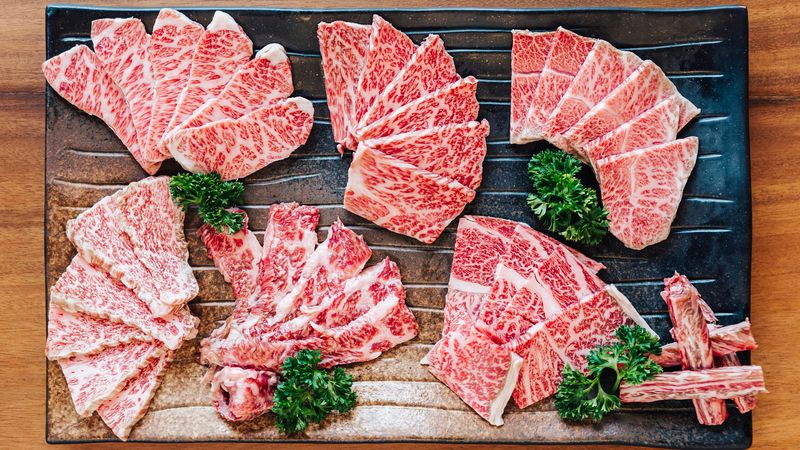
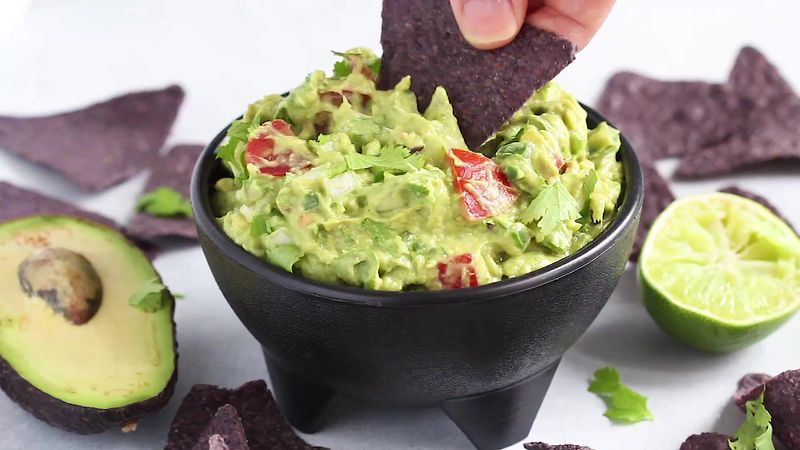
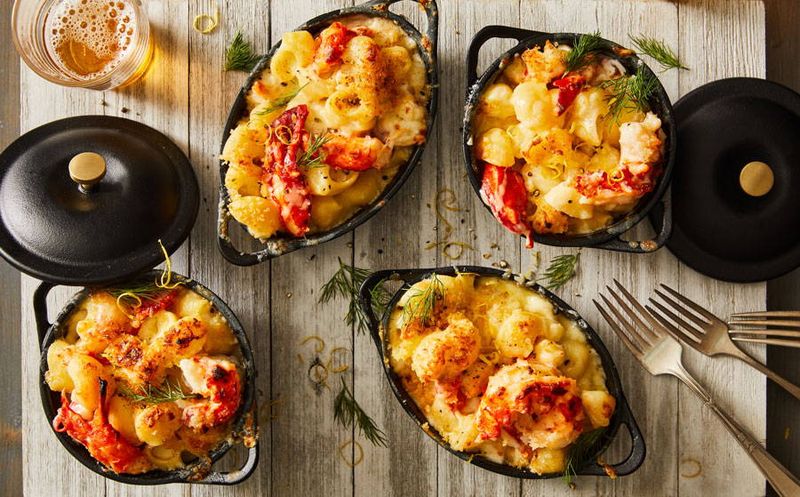
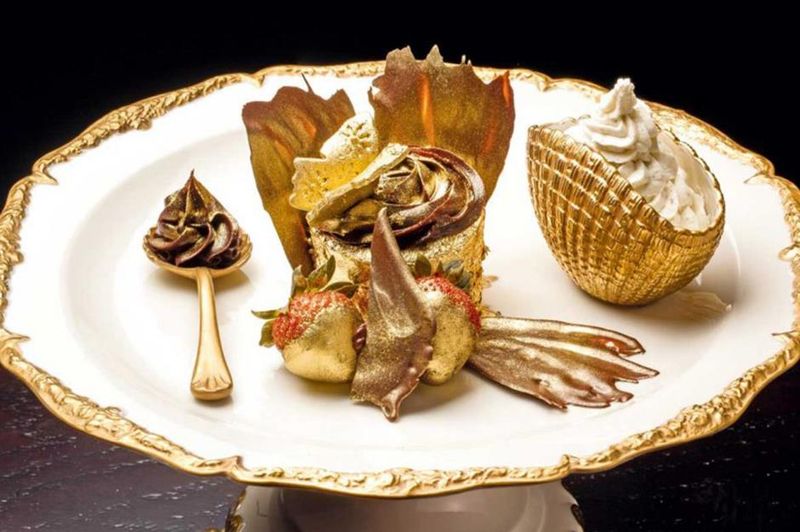
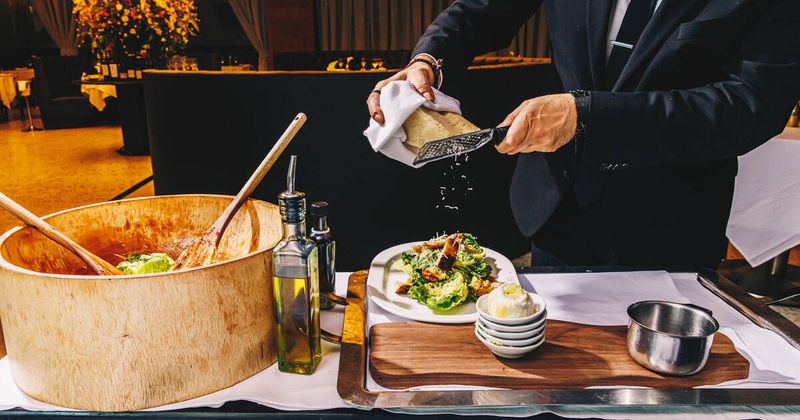
Leave a comment